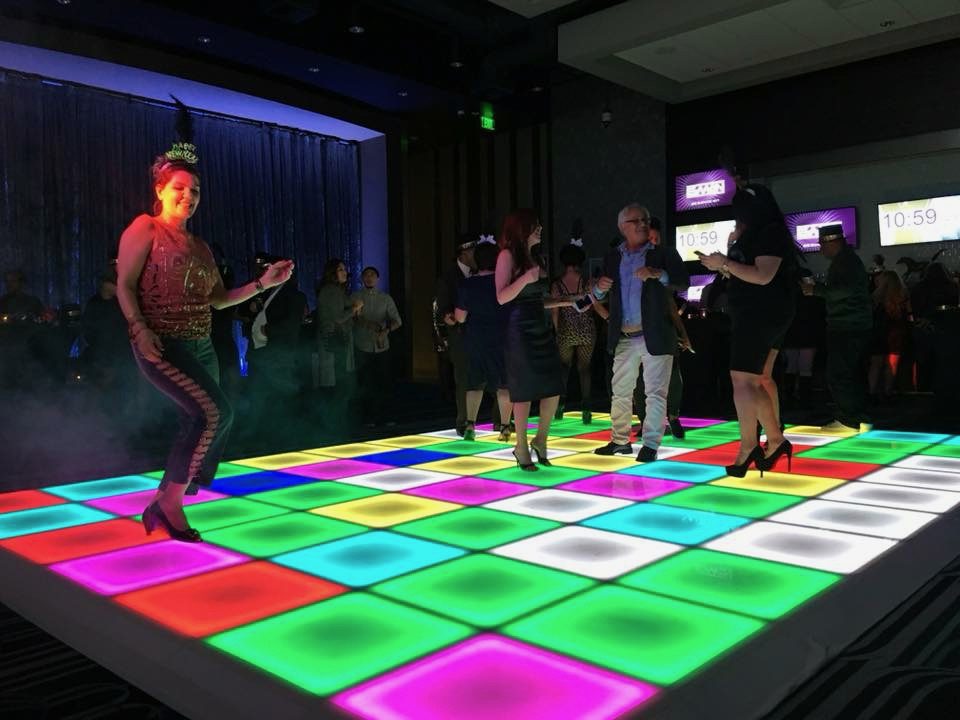Emphasizing such Significance regarding Lighting for Ensuring Dancing Floor Security
Wiki Article
Lighting plays a vital role in guaranteeing the safety of dance floors, whether in a nightclub, a community center, or a educational gathering. Proper lighting helps to create a safe environment by enabling dancers to perceive their environment clearly. This clarity is essential for avoiding accidents, such as stumbles and falls, which can occur on busy or uneven surfaces. Additionally, effective lighting aids in making sure that all dancers are cognizant of their space and the people around them, minimizing the risk of crashes or other incidents on the dance floor.
One of the main functions of illumination in a dance setting is to improve visibility. Well-lit and strategically positioned lights light up the floor, making it simpler for dancers to move through their movements. This is especially important in environments where the floor may be crowded or where different dance styles require various levels of room. When dancers can spot where they are walking and how much space they have, they can dance with greater confidence and avoid potential hazards. For instance, a well-lit floor allows dancers to spot spills or hazards that could lead to risky situations.
In addition to assisting dancers see better, lighting can also contribute to the general ambiance of the event. While some dance locations may use dim lighting for aesthetic purposes, it is important to strike a balance between atmosphere and security. Flickering or strobing lights can disorient dancers, making it difficult for them to maintain their bearings. Therefore, including soft, steady lighting with more intense spots in critical areas, like exits and pathways, can enhance both the mood and safety of the dance floor. This thoughtful approach encourages a vibrant but secure dancing experience.
Furthermore, it is crucial to take into account the types of lighting that are best suited for dance floors. Different light fixtures, such as LED lights, spotlights, and background lighting, can serve different purposes. LED lights are eco-friendly and can be programmed to create view it different hues and effects without compromising brightness. Spotlights can highlight specific areas, such as a stage or a group performance, while ambient lighting sets the overall atmosphere. By thoughtfully selecting and placing these lighting choices, event coordinators can make Resources sure that the dance floor remains a secure and enjoyable space for everyone.
In conclusion, the importance of proper lighting in guaranteeing dance floor safety cannot be overstated. It not only provides the essential visibility for dancers to navigate freely and safely but also helps create an welcoming environment that promotes participation. Event planners and venue managers must prioritize lighting design when planning dance events to minimize risks and enhance the overall experience. By doing so, they can foster a fun, energetic atmosphere while keeping safety at the forefront of their planning strategies.
